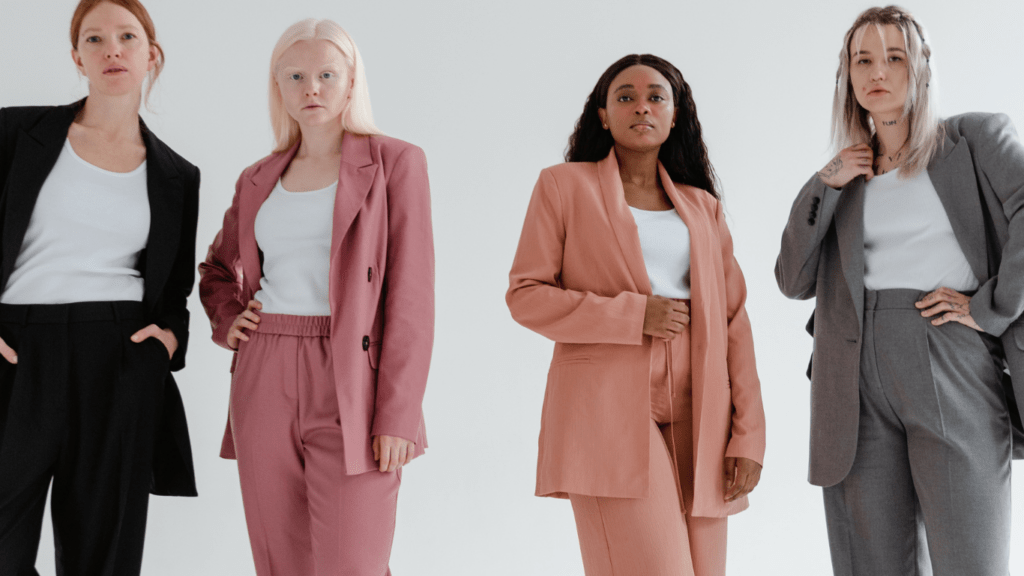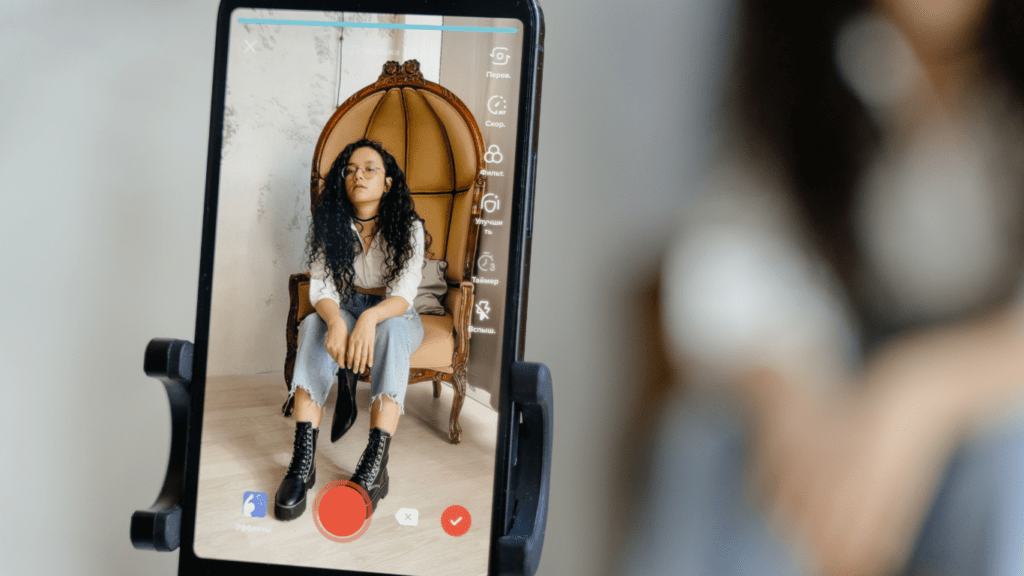Emergence of Sustainable Fashion
Sustainable fashion is reshaping the industry in 2024. Environmental consciousness is now a top priority for both designers and consumers.
Use of Eco-Friendly Materials
Brands are increasingly adopting eco-friendly materials. Organic cotton and recycled polyester are becoming standard. For example, Stella McCartney’s collections feature these materials prominently.
Alternatives like bamboo and hemp are gaining popularity due to their minimal environmental impact and quick renewability. Many companies are also exploring innovative materials like lab-grown leather and bio-fabricated textiles. These materials reduce the fashion industry’s carbon footprint significantly and meet consumers’ growing demand for sustainable options.
Rise of Second-Hand Shopping
Second-hand shopping is gaining traction. Platforms like ThredUp and Poshmark are seeing exponential growth. Consumers are embracing vintage and preloved items not only for their unique appeal but also for their sustainability.
This shift reduces waste and promotes a circular economy. Big brands are joining this trend by launching resale programs. For instance, Patagonia’s Worn Wear program encourages customers to trade in used items for new ones. This movement highlights a significant cultural shift towards valuing longevity over disposable fashion.
Technology Integration in Fashion
Technology is revolutionizing fashion by merging functionality with style. In 2024, the integration of tech in fashion trends is more prevalent than ever.
Smart Fabrics and Wearable Technology
Smart fabrics and wearable technology are transforming the way we interact with our clothing. Innovations like:
- moisture-wicking fibers
- temperature-regulating textiles
- self-cleaning materials
are enhancing comfort and utility. For instance, brands like Under Armour use moisture-wicking fabrics to keep athletes dry. Similarly, heads-up displays in eyewear and fitness trackers like Fitbit seamlessly blend fashion with data-driven wellness.
Virtual Fashion Shows and Digital Clothing
Virtual fashion shows and digital clothing are redefining how people experience fashion events. Utilizing immersive technologies like augmented reality (AR) and virtual reality (VR), designers can showcase their collections to a global audience. For example, Balenciaga’s virtual fashion show eliminated geographical barriers, allowing users to view collections from the comfort of their homes. Digital clothing, available in platforms like DressX, enables consumers to purchase virtual outfits, promoting sustainability by reducing waste from physical production.
Personalization and Customization
Fashion in 2024 is increasingly leaning towards personalization and customization. Advances in technology are enabling brands to cater to individual preferences more effectively.
AI and Data-Driven Fashion Choices
AI is revolutionizing fashion choices by analyzing consumer data and predicting trends. Algorithms assess shopping habits, body measurements, and style preferences to recommend personalized outfits. Retailers use AI to offer customized shopping experiences, making suggestions based on past purchases and current trends. For example, Stitch Fix employs data-driven approaches to curate wardrobe recommendations, enhancing customer satisfaction and loyalty.
Custom Tailoring and Personal Stylist Services
Custom tailoring is becoming more accessible, thanks to technology. Brands now offer online platforms where customers input measurements and preferences to receive bespoke clothing. Companies like MTailor use smartphone cameras to capture accurate measurements, ensuring precise fits. Personal stylist services are also gaining popularity. Services such as Trunk Club provide clients with curated clothing selections based on their style profiles, offering a personalized shopping experience from the comfort of home.
Influences of Pop Culture and Social Media

Pop culture and social media heavily influence fashion trends in 2024, driving rapid changes in styles and consumer behavior.
Impact of Influencers and Celebrities
Influencers and celebrities shape fashion preferences more than ever. With millions of followers, they set trends by showcasing new styles. For example, when a celebrity wears sustainable clothing, it boosts interest in eco-friendly fashion. Influencers using platforms like Instagram and TikTok make it easy for consumers to discover and adopt the latest looks, bridging the gap between luxury brands and everyday fashion enthusiasts. Their collaborations with brands lead to limited-edition collections that quickly gain popularity.
Role of Social Media Campaigns
- Social media campaigns provide brands with powerful tools to reach wider audiences.
- Fashion houses use targeted ads and interactive content to engage users.
- Campaigns on platforms such as Facebook, YouTube, and Snapchat use hashtags and challenges to create viral trends.
- A hashtag campaign promoting second-hand shopping can encourage conscious consumerism.
- Live streaming events and behind-the-scenes content foster a sense of connection between brands and customers, enhancing brand loyalty and driving sales.
The Evolution of Retail Spaces
Retail spaces are undergoing significant transformation in 2024, driven by the need to offer unique experiences and adapt to technological advancements.
Experiential Retail and Pop-Up Stores
Experiential retail focuses on creating immersive and interactive shopping environments. Brands now design stores that engage multiple senses to create memorable experiences. Examples include themed interiors, in-store events, and exclusive merchandise. Pop-up stores, temporary retail spaces, have grown in popularity. They allow brands to generate buzz and test new markets with minimal investment. Limited-time availability drives a sense of urgency and exclusivity among consumers.
Integration of Augmented Reality (AR) in Shopping
Augmented Reality (AR) enhances the shopping experience by overlaying digital information on the real world. AR applications in retail include virtual fitting rooms, where customers can see how clothes fit using their smartphones. This technology reduces the hassle of trying on multiple items physically. Some stores have AR mirrors that let shoppers visualize outfits with different accessories. AR also provides detailed product information and virtual tours of stores, making shopping more informative and engaging.



 Luxury Travel & Lifestyle Contributor
Rose Boucher brings her love for glamorous travel destinations and luxury living to Glam World Walk. As a lifestyle writer, Rose captures the essence of exotic locations and exclusive experiences, offering readers a taste of the world’s most luxurious getaways. Her expertise in finding hidden gems, coupled with a deep understanding of fashion and culture, adds a unique flair to the site’s content, making her a trusted voice for those seeking elegance in every adventure.
Luxury Travel & Lifestyle Contributor
Rose Boucher brings her love for glamorous travel destinations and luxury living to Glam World Walk. As a lifestyle writer, Rose captures the essence of exotic locations and exclusive experiences, offering readers a taste of the world’s most luxurious getaways. Her expertise in finding hidden gems, coupled with a deep understanding of fashion and culture, adds a unique flair to the site’s content, making her a trusted voice for those seeking elegance in every adventure.
